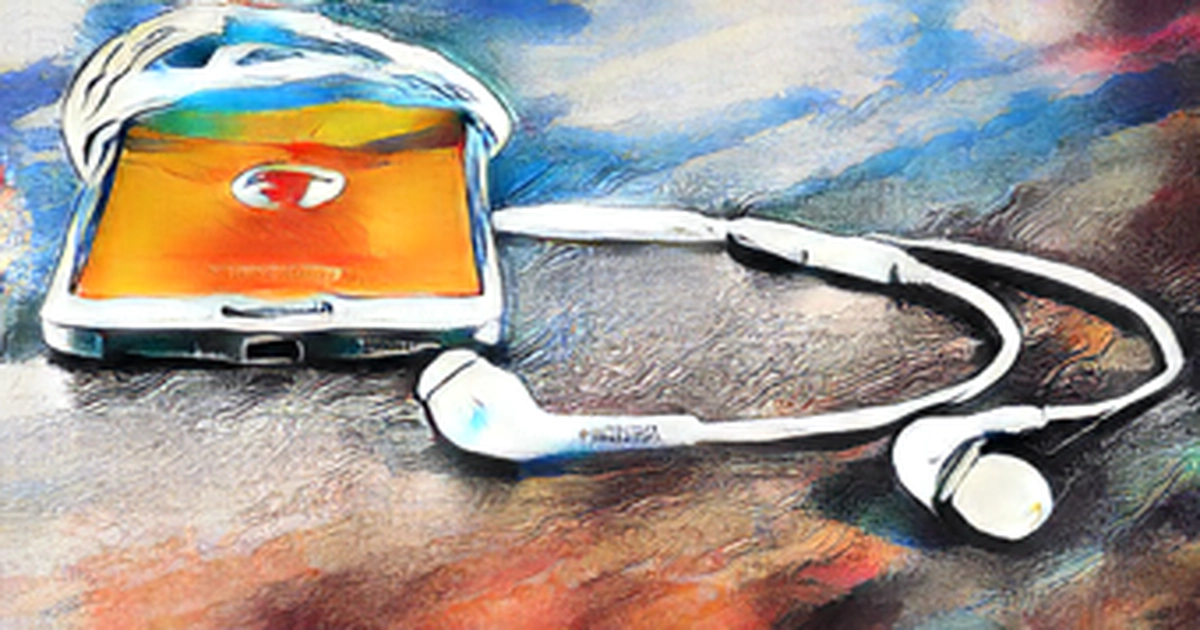
The COVID-19 epidemic has impacted the global electronics supply chain, leading to a huge jump in the price of smartphones that have become an integral part of our daily lives. Since the epidemic began in March, 2020, the average price of smartphones has gone up by 27 per cent.
At the end of March, 2022, India's average selling price of smartphones stood at Rs 19,000 a year ago, when cases started to surging and forced the country into a lock-down. The International Data CorporationData Corporation IDC data shows the average selling price of smartphones in India has gone up for over a year and is currently at its peak.
Several factors have worked against the sector in the last two years, according to Navkendar Singh, Research Director at IDC India. Lock downs of factories and shutting down of factories resulted in a supply shortage and increase in prices of components, after the pandemic emerged in China in January, 2020. The severe shortage of semiconductors jacked up prices of chipsets by many times. Then demand disruptions in ocean freights - earlier due to container shortages and now because of another lockdown in China - has resulted in an overall increase in the cost of manufacturing by at least 20 per cent.
Inflation has made it hard for manufacturers to move towards higher value products and shifting their focus away from affordable Rs 15,000 -- 8,000 and mass market price points below Rs 8,000. As cost of manufacturing goes up, it has become unviable for most companies to keep their wafer-thin margins by selling phones cheaper than Rs 10,000. Most smartphone brands usually operate at a 2 -- 4 per cent profit margin, which leaves little room for them to absorb growing costs.
Leading brands like Xiaomi, Samsung, Realme and Oppo, among others, hiked prices of their models immediately after they launched them at lower price points - a phenomenon that was relatively recent and was unheard-of two years ago.
The increasing cost is shirking choices for consumers who are willing to purchase affordable devices, which is another casualty of the growing cost. In January-March, shipment in the sub-Rs 18,000 price segment dropped by 16 per cent over the same quarter last year, according to the data. In the last year, the middle-range segment of Rs 18,000 -- 27,000 increased its share in the overall smartphone market to 18 per cent from 14 per cent. The mid-premium segment of Rs 27,000 -- 45,000 grew by a whopping 75 per cent year-on-year. The premium segment above 45,000 accounted for five percent of the smartphone market, with 60 percent of the shipments coming from Apple iPhone. Some consumers are upgrading in order to upgrade in order to get better features while repeat purchases and easy consumer finance schemes are of help, says Chandu Reddy, director of Sangeetha Mobiles. Many are looking to refurbished models that offer better value for money, even though their budget has increased by 25 per cent, consumers are unable to get better features in new handsets due to rising prices.
Madhav Seth, Vice-President at Realme, said the company is working to find a solution to the problem. The consumer is unable to find any major upgrade even at the same price points he says.
The average buying cycle of smartphones has gone from less than 15 months to close to two years 22 months in the past two years. The worst is not over yet, as a result of the exorbitant price hikes. Consumers struggling with ever-growing household budgets may have to bear the burnt for a few more quarters at least. With Chinese ports out of operations due to lockdowns in the country, shipments continue to get disrupted and another 5 -- 10 per cent price hike is on the horizon, according to industry experts.
